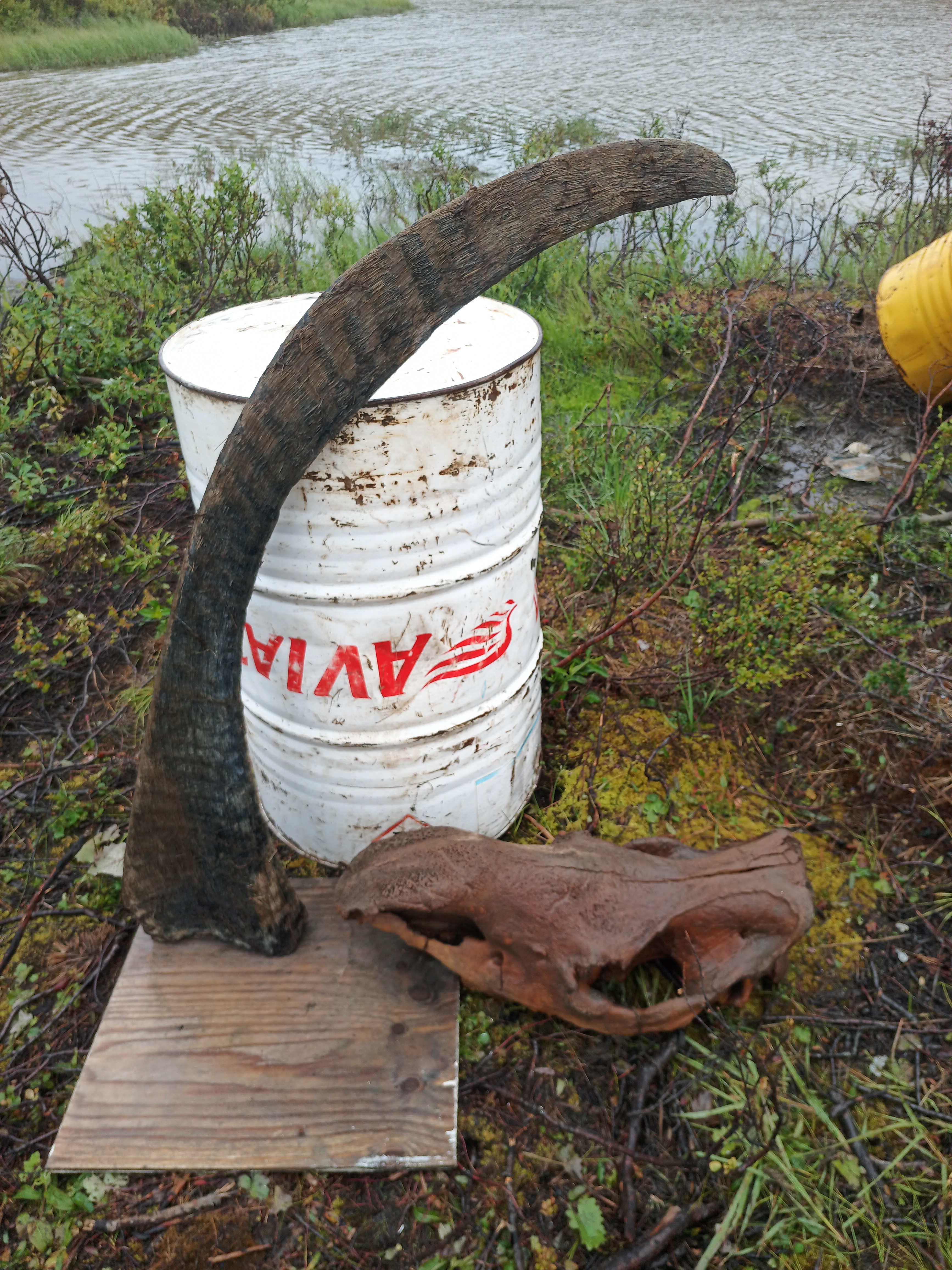If stretched out straight, this recently discovered woolly rhino horn would be taller than Lady Gaga with a hat on. It’s the longest rhino horn of its kind ever recovered, a record-breaking relic that’s shedding new light on one of the Ice Age’s most mysterious megabeasts.
The rest of this article is behind a paywall. Please sign in or subscribe to access the full content.
Researchers from the Russian Academy of Sciences and the M.K. Ammosov North-Eastern Federal University have recently found 12 woolly rhino horns in the permafrost of Yakutia in the Sakha Republic, eastern Russia.
One of these specimens, discovered along the banks of the Mustur-Yuryuye River, is longer than any previously discovered horns, measuring 164.7 centimeters (5 feet and 4 inches) along its anterior curvature.
This is 30.7 centimeters (12 inches) longer than the second-longest horn of the woolly rhinoceros, plus 6.7 centimeters (2.6 inches) longer than the bigger horn of a modern white rhinoceros.
The thing that surprised me and my colleagues the most was that the discovery of a single horn allowed us to establish several interesting facts about the woolly rhinoceros.
Ruslan Belyaev
However, aside from its curved length, the horn isn’t the largest in terms of mass or base width. Combined with its relatively small skull, this suggests it likely belonged to a female woolly rhinoceros, since females of modern rhino species are generally smaller than males. Much like modern African rhinos, some female woolly rhinos may have grown exceptionally long nasal horns despite their smaller overall size.

A photo of the record-breaking horn shortly after its discovery in the permafrost of Yakutia.
Image courtesy of Ruslan Belyaev
The woolly rhinoceros (Coelodonta antiquitatis) is an extinct species that lived in northern Eurasia during the last Ice Age until its extinction around 10,000 years ago. Since the late 18th century, a handful of wonderfully preserved woolly rhino bodies have been found in the frozen landscape of the Sakha Republic.
For researchers, finds like this one are invaluable. As permafrost continues to thaw, more relics of Pleistocene life are emerging from the ground, offering a rare chance to study them like frozen megafauna mummies.
“The thing that surprised me and my colleagues the most was that the discovery of a single horn allowed us to establish several interesting facts about the woolly rhinoceros,” study author Ruslan Belyaev, from the A.N. Severtsov Institute of Ecology and Evolution at the Russian Academy of Sciences in Moscow, told IFLScience.
Horns can be dated by counting alternating dark and light keratin layers in their core, a bit like tree rings. Using this technique, the researchers found out the freakishly long horn comes from a woolly rhino that was over 40 years old when it died, making it the oldest member of this species discovered to date.
This longevity is particularly surprising when you consider this animal was living in the harsh Ice Age wilderness of Siberia.
“For the first time, we were able to show that in the harsh conditions of the Ice Age, woolly rhinos could live as long as modern species and reach an age of 40 years or more,” noted Belyaev.
The study is published in the Journal of Zoology.
Source Link: Longest Woolly Rhino Horn Ever Recovered Just Popped Out Of The Siberian Permafrost